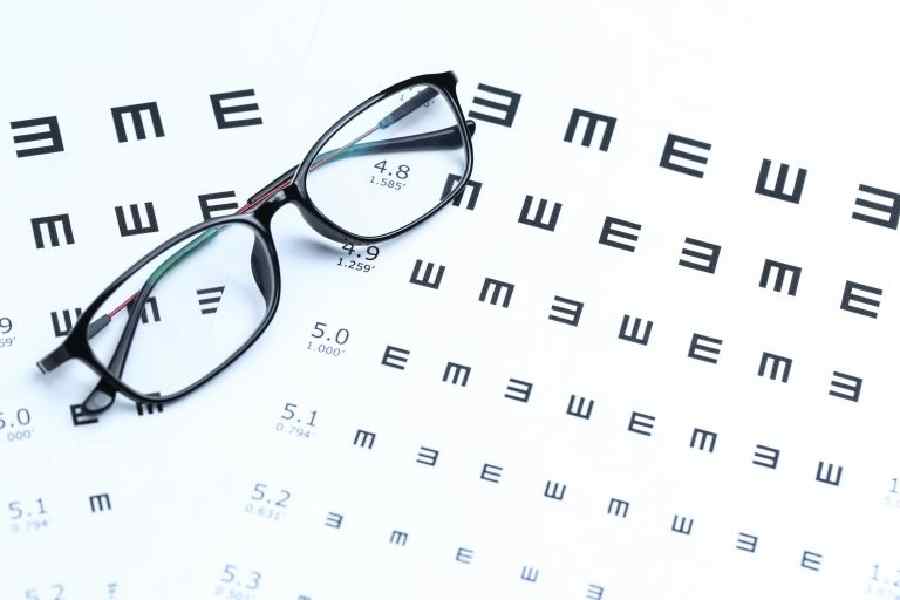
One in three children, teens globally affected by short-sightedness, study estimates
The researchers suggest attaining puberty before boys and tending to spend lesser time outdoors can be possible reasons why girls are affected more
PTI, New Delhi, 25.09.24 : About a third of children and teens around the world are short-sighted, with cases estimated to touch 74 crore by 2050, according to a study that analysed available evidence.
Short-sightedness, or myopia, is a common condition of the vision in which one has trouble seeing distant objects clearly. It usually develops in early childhood and tends to worsen with age.
Researchers from Sun Yat-Sen University in China looked at 276 studies, published up to June 2023. Over 54 lakh participants aged 5-19 years and 19 lakh cases of short-sightedness from 50 countries, including those in Asia and Africa, were analysed.
Cases of short-sightedness rose from 24 per cent during 1990-2000 to 25 per cent during 2001-10, followed by sharper increases of 30 per cent between 2011-19, and 36 per cent between 2020-23, which is roughly the same as one in every three children and teens, the team said.
"The global prevalence of childhood myopia is substantial, affecting approximately one-third of children and adolescents, with notable variations in prevalence across different demographic groups," the authors wrote.
They advised more physical activity and less screen time for all children and teens.
Between 1990 and 2023, prevalence was found to have more than tripled and low- and middle-income countries were significantly affected more compared to high-income ones.
Further, being female, east Asian, or living in urban environments were found to be key factors influencing prevalence.
"... individuals residing in East Asia (35.22 per cent) or in urban areas (28.55 per cent), female gender (33.57 per cent), adolescents (47 per cent), and high school students (45.71 per cent) exhibit a higher proportion of myopia prevalence," the authors wrote in the study published in the British Journal of Ophthalmology.
The researchers observed a correlation between the duration of education in East Asian countries and cases of myopia, which they said could explain geographical differences in prevalence.
"... a correlation between the duration of education and the occurrence of myopia has been observed, suggesting that the early implementation of formal education in certain East Asian nations could potentially serve as a contributing element," they wrote.
Conversely, in African countries, the researchers noted a lower prevalence of short-sightedness, likely related to lower literacy levels and a delayed start of formal education, they said.
Attaining puberty before boys and tending to spend lesser time outdoors could be possible reasons why girls are affected more by short-sightedness, the researchers suggested.
"According to our projections, there is an anticipated 9 per cent rise in the overall prevalence of myopia between 2023 and 2050, which will lead to a substantial burden of ocular disease, affecting more than 740,592,000 children and adolescents," they wrote.

0 Response to " One in three children, teens globally affected by short-sightedness, study estimates"
Post a Comment
Disclaimer Note:
The views expressed in the articles published here are solely those of the author and do not necessarily reflect the official policy, position, or perspective of Kalimpong News or KalimNews. Kalimpong News and KalimNews disclaim all liability for the published or posted articles, news, and information and assume no responsibility for the accuracy or validity of the content.
Kalimpong News is a non-profit online news platform managed by KalimNews and operated under the Kalimpong Press Club.
Comment Policy:
We encourage respectful and constructive discussions. Please ensure decency while commenting and register with your email ID to participate.
Note: only a member of this blog may post a comment.